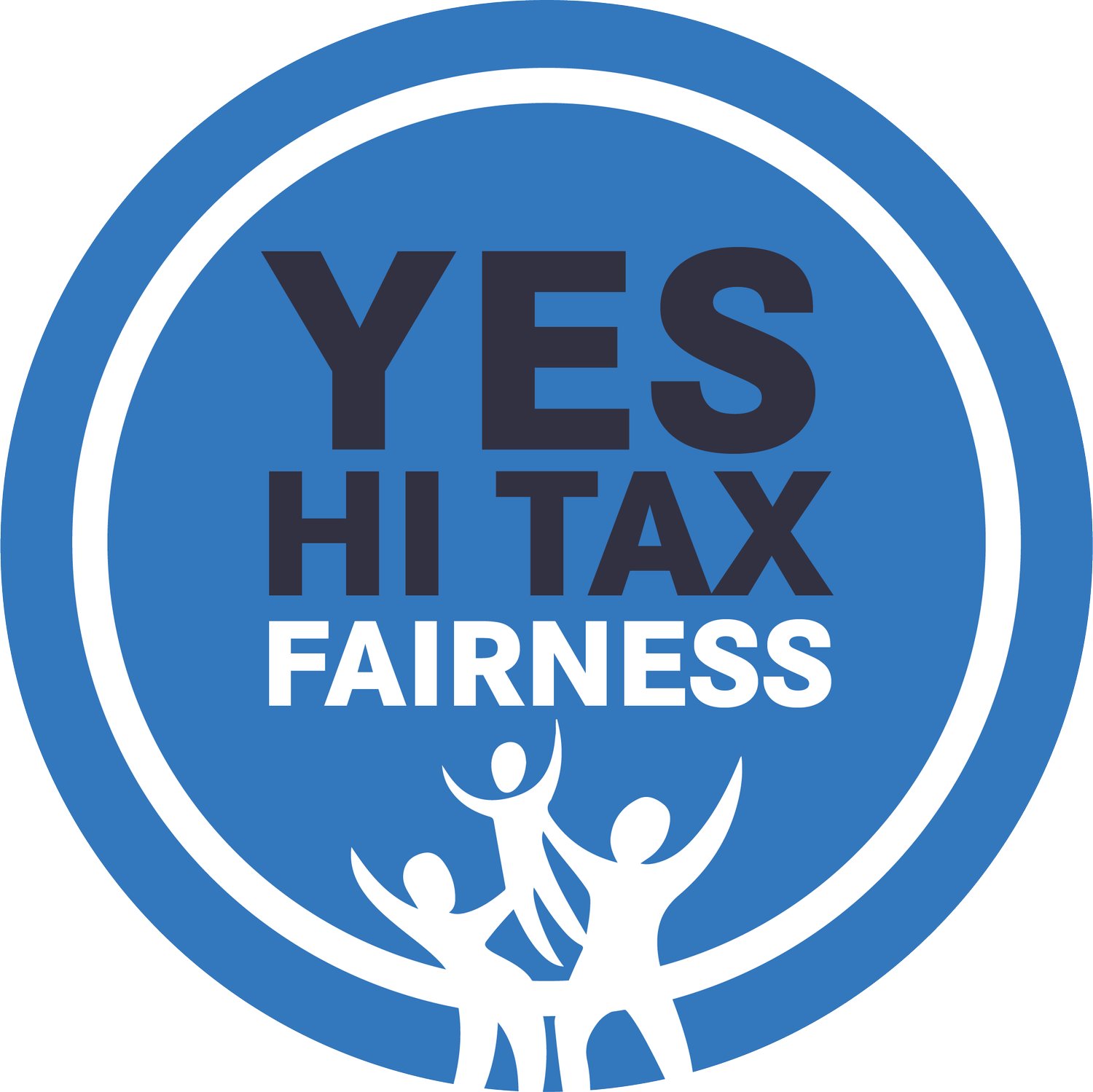Move ahead with care on tax relief
Nonetheless, fiscal prudence and a stable revenue stream are crucial to maintaining the state’s budgetary health and credit worthiness.
The state’s largest source of tax revenue is the state general excise tax, but the individual income tax remains important. The Hawaiʻi Budget & Policy Center, part of the nonprofit Hawaiʻi Appleseed, illustrated how the relative amounts can fluctuate. Income taxes actually edged out the GET in fiscal 2021, during the pandemic’s economic disruption.
But in fiscal 2022, the GET rebounded, and income tax came in at roughly a quarter below what the GET brought in. Collectively, the two taxes bring in about 80 percent of the state’s revenue, with the balance derived from the transient accommodations tax, corporate income tax and other sources.
HB1049 appears to be moving along, passing both the House education and economic development committees last week, and is now awaiting a hearing in House Finance. The committees jointly found that the bill, which creates the new income tax credit for teacher expenses and increases the reach of some existing credits, “seeks to improve the lives of people throughout the state.”
Among the backers for this relief is Hawaiʻi Appleseed. The organization underscored, though, that “both cuts and revenue are needed to promote affordability,” adding that credits must be accompanied by public investments, such as child care.
That is a reality check for legislators. They ultimately must ensure that the complete package makes the most of state resources, finding the right balance of lower taxes and the services that Hawaiʻi’s people need most.

